Home>Garden Essentials>What Is Non-Functional Turf Grass
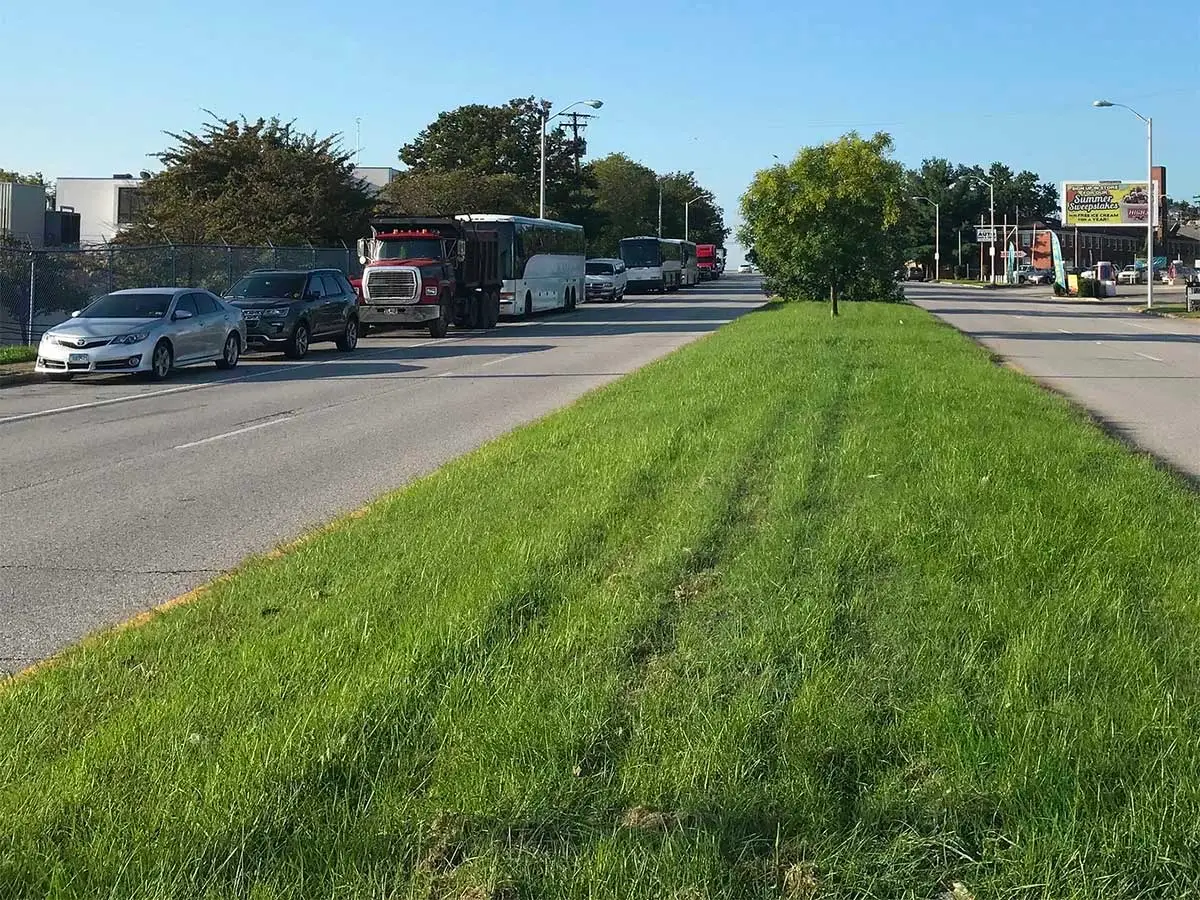

Garden Essentials
What Is Non-Functional Turf Grass
Modified: March 27, 2024
Discover the beauty of non-turf grass for your garden. Explore the benefits of these low-maintenance alternatives that add charm and functionality to your outdoor space.
(Many of the links in this article redirect to a specific reviewed product. Your purchase of these products through affiliate links helps to generate commission for Storables.com, at no extra cost. Learn more)
Introduction
Welcome to the world of non-turf grass, where nature meets innovation. In a world dominated by traditional turf grass, non-turf grass is gaining popularity among garden enthusiasts and landscaping professionals alike. But what exactly is non-turf grass, and why is it becoming a go-to choice for many?
Non-turf grass, as the name suggests, refers to a variety of grass-like plants that are used as alternative ground cover options in outdoor spaces. Unlike traditional turf grass, which requires regular mowing, fertilizing, and watering, non-turf grass offers a more sustainable and low-maintenance alternative. It is an ideal choice for those looking to conserve water, reduce maintenance efforts, and create unique and visually appealing landscapes.
While traditional turf grass has its place and benefits, non-turf grass provides a refreshing and eco-friendly alternative that can transform any outdoor space. Whether you have a small garden, a large lawn, or a commercial landscape, non-turf grass can be a game-changer in terms of aesthetics and functionality.
So, why are more and more people opting for non-turf grass in their outdoor spaces? Let’s explore the advantages and uses of non-turf grass to understand its appeal.
Key Takeaways:
- Non-turf grass offers a low-maintenance, eco-friendly alternative to traditional turf grass, conserving water and promoting biodiversity in outdoor spaces.
- With diverse textures and colors, non-turf grass provides visually appealing landscapes while requiring less water, fertilizer, and maintenance efforts.
Read more: What Is Turf Grass
Definition of Non-Turf Grass
Non-turf grass refers to a group of grass-like plants that are used as an alternative to traditional turf grass. Unlike turf grass, which typically consists of species like Kentucky bluegrass, Bermuda grass, or fescues, non-turf grass encompasses a wide range of plant species that offer different textures, colors, and growth habits.
One defining feature of non-turf grass is its ability to thrive in a variety of soil conditions, light intensities, and climates. It is adaptable and can be used in various landscaping applications, including lawns, gardens, parks, commercial spaces, and even rooftops. Non-turf grass requires less water, fertilizer, and maintenance compared to traditional turf grass, making it an environmentally friendly choice.
The term “non-turf” is used to emphasize that these grass-like plants do not necessarily form a dense, uniform carpet like traditional turf grass. Instead, they offer a more natural and diverse appearance, encouraging biodiversity and attracting beneficial insects and wildlife.
Non-turf grass is available in different species and varieties, each with its own unique characteristics. Some popular non-turf grass options include sedges, mosses, clovers, and low-growing ground covers like thyme or creeping Jenny. These plants not only provide beautiful ground cover but also contribute to soil health by reducing erosion, improving water filtration, and suppressing weeds.
Overall, the concept of non-turf grass challenges the conventional idea that a perfect lawn must consist of a monoculture of high-maintenance grass species. It encourages a shift towards more eco-friendly and sustainable landscaping practices, where biodiversity and environmental stewardship are at the forefront.
Advantages of Non-Turf Grass
Non-turf grass offers numerous advantages that make it an attractive alternative to traditional turf grass. Let’s explore some of its key benefits:
- Low Maintenance: Unlike turf grass, which requires regular mowing, fertilizing, and watering, non-turf grass is low maintenance. It grows at a slower rate and doesn’t need frequent mowing or trimming. This saves time, effort, and resources, making non-turf grass an ideal choice for those with busy schedules or limited maintenance capabilities.
- Water Efficiency: Water scarcity is a growing concern in many regions. Non-turf grass is known for its water efficiency, requiring significantly less irrigation compared to traditional turf grass. Many non-turf grass varieties have deep root systems that allow them to access water stored deeper in the soil, reducing the need for frequent watering.
- Drought Tolerance: Non-turf grass varieties are often more drought-tolerant than traditional turf grass. They have adaptations that enable them to survive and thrive in periods of water scarcity. This not only reduces water consumption but also ensures that your outdoor space remains green and vibrant, even during dry spells.
- Environmental Benefits: Non-turf grass promotes environmental sustainability. It helps conserve water, reduce chemical inputs like fertilizers and pesticides, and minimize air and noise pollution associated with lawn maintenance. Additionally, the diverse plant species in non-turf grass support pollinators and attract beneficial insects, contributing to overall biodiversity in your garden or landscape.
- Aesthetically Pleasing: Non-turf grass offers a unique and natural aesthetic appeal. With its diverse textures, colors, and growth habits, it can create visually pleasing landscapes. The variety of non-turf grass species allows you to design your outdoor space with different heights, shades, and patterns, adding depth and interest to your garden or lawn.
- Versatility: Non-turf grass is versatile and can be used in various landscaping applications. It is suitable for lawns, gardens, parks, pathways, slopes, and even rooftop gardens. Whether you want to cover a large area or create intricate designs, non-turf grass provides flexibility in achieving your desired landscape vision.
Overall, non-turf grass combines functionality, sustainability, and beauty, making it an excellent choice for those seeking an alternative to traditional turf grass. It offers the opportunity to create visually stunning landscapes while minimizing maintenance requirements and promoting environmental stewardship.
Uses of Non-Turf Grass
Non-turf grass can be utilized in a variety of ways to enhance the aesthetics and functionality of outdoor spaces. Let’s explore some of the common uses of non-turf grass:
- Lawn Areas: Non-turf grass can be used to create beautiful and sustainable lawns. Whether you have a small residential lawn or a larger commercial space, non-turf grass varieties such as clover, fine fescue, or buffalo grass can provide an attractive and low-maintenance alternative to traditional turf grass.
- Garden Pathways: Non-turf grass is perfect for creating pathways in gardens or park settings. Ground covers like creeping thyme, moss, or sedges can be used to form soft and inviting paths, adding a touch of charm and whimsy to the landscape.
- Groundcover: Non-turf grass is an excellent choice for providing ground cover in areas where traditional turf grass may struggle to grow. It can be used to cover large slopes, erosion-prone areas, or shaded spots where sunlight is limited. Ground covers like mondo grass, creeping phlox, or Irish moss can add texture and color to these challenging areas.
- Roof Gardens: Non-turf grass can be utilized in rooftop gardens to create green spaces in urban environments. It provides insulation, reduces heat absorption, and contributes to stormwater management. Sedum mats, for example, are lightweight and drought-tolerant options that can transform a rooftop into a lush and vibrant garden.
- Play Areas and Sports Fields: Non-turf grass varieties, particularly those with a dense growth habit, can be used in play areas and sports fields to create a soft and safe surface. These grasses offer resilience and durability, making them ideal for activities and games while reducing the risk of injuries.
- Decorative Borders: Non-turf grass can be used as decorative borders within gardens or landscapes. It can help define different areas, such as flower beds or outdoor seating spaces. Non-turf grass varieties with a cascading growth habit, like liriope or creeping Jenny, can add a delightful touch as they spill over edges.
The versatility of non-turf grass opens up endless possibilities for creating visually appealing and functional outdoor spaces. Whether you are designing a residential garden, a public park, or a commercial landscape, non-turf grass can be tailored to suit your specific needs and enhance the overall appeal of your outdoor environment.
Different Types of Non-Turf Grass
Non-turf grass encompasses a wide range of plant species, each with its own unique characteristics and growth habits. Let’s explore some of the popular types of non-turf grass:
- Creeping Thyme: Creeping thyme is a low-growing ground cover that forms a dense mat of fragrant foliage. It produces small, pink or purple flowers, adding a pop of color to any landscape. Creeping thyme is drought-tolerant and prefers well-drained soil, making it an excellent choice for rock gardens or pathways.
- Sedges: Sedges are grass-like plants that thrive in moist or wet soil conditions. They are known for their linear, arching leaves and can add texture and interest to your garden. Some popular sedge varieties include Carex pensylvanica, Carex divulsa, and Carex flacca.
- Buffalo Grass: Buffalo grass is a warm-season grass that is native to North America. It forms a dense, low-growing turf and is known for its tolerance to drought and extreme temperatures. Buffalo grass requires minimal maintenance and can withstand heavy foot traffic, making it an excellent choice for lawns in arid or semi-arid regions.
- Vinca: Vinca, also known as periwinkle, is a trailing ground cover that produces vibrant flowers in shades of white, pink, or purple. It is a fast-growing and low-maintenance plant that can quickly cover large areas. Vinca is often used to provide ground cover in shaded or woodland areas.
- Mondo Grass: Mondo grass is a dark green, clump-forming plant that resembles a grass but is actually a member of the lily family. It grows well in both shade and partial sun and is often used as an accent plant or for edging borders. Mondo grass requires no mowing and adds a touch of elegance to any landscape.
- Clover: Clover is a nitrogen-fixing plant that offers numerous benefits to the garden, including enriching the soil and attracting pollinators. It is a low-growing ground cover with small, three-leafed foliage and produces small, white or pink flowers. Clover is often included in non-turf grass mixes to add diversity and sustainability to lawns.
These are just a few examples of the many types of non-turf grass available. Depending on your specific landscaping needs, soil conditions, and climate, you can choose from a wide range of grasses, sedges, thymes, and ground covers to create a unique and visually appealing outdoor space.
Read more: What Is An Astro Turf
Factors to Consider When Choosing Non-Turf Grass
When selecting non-turf grass for your outdoor space, there are several important factors to consider. These factors will help you choose the right type of non-turf grass that suits your specific needs and ensures successful growth and maintenance. Here are some key factors to keep in mind:
- Climate: Consider the climate of your region and choose a non-turf grass variety that is well-suited to the local conditions. Some grasses may thrive in hot and dry climates, while others prefer cooler temperatures and more moisture. Make sure the non-turf grass you select can tolerate the temperature extremes and rainfall patterns of your area.
- Light Requirements: Different non-turf grass varieties have varying light requirements. Some thrive in full sun, while others prefer shade or partial shade. Assess the amount of sunlight your outdoor space receives throughout the day and choose a non-turf grass variety that can adapt to those lighting conditions.
- Soil Type: Consider the soil type in your garden or landscape. Non-turf grass varieties have varying soil preferences. Some may thrive in sandy or well-drained soils, while others prefer heavier clay soils. Understanding your soil type and choosing a non-turf grass variety that can thrive in those conditions will greatly contribute to its success.
- Maintenance Level: Evaluate the amount of maintenance you are willing to undertake for your non-turf grass. Some varieties require minimal maintenance, while others may need more frequent mowing, weeding, or fertilizing. Consider your availability and willingness to devote time and effort to maintain your non-turf grass before making a selection.
- Desired Aesthetic: Think about the desired aesthetic appeal you want to achieve in your outdoor space. Non-turf grass varieties vary in their colors, textures, and growth habits, offering different visual effects. Decide whether you want a uniform look or a more natural, diverse appearance and choose a non-turf grass variety that aligns with your aesthetic preferences.
- Intended Use: Consider how you plan to use the non-turf grass in your outdoor space. Some varieties are better suited for high-traffic areas, such as play spaces or sports fields, while others are more suitable for ground covers or decorative borders. Choose a non-turf grass variety that can withstand the intended use and foot traffic.
By taking these factors into account, you can ensure that the non-turf grass you choose will thrive in your specific environment and meet your aesthetic and functional requirements. It’s important to do thorough research, consult with local gardening experts, and even conduct soil tests to make an informed decision.
Installation and Maintenance of Non-Turf Grass
Installing and maintaining non-turf grass requires careful planning and proper techniques to ensure its successful establishment and long-term health. Here are some guidelines for the installation and maintenance of non-turf grass:
Installation:
- Prepare the Soil: Start by preparing the soil where you plan to install the non-turf grass. Remove any existing vegetation, rocks, or debris. Loosen the soil with a garden fork or tiller to improve drainage and promote root penetration.
- Amend the Soil: Test the soil pH and nutrient levels. Depending on the results, you may need to amend the soil with organic matter or fertilizers to provide a suitable growing environment for the non-turf grass.
- Select the Right Plants: Choose the appropriate non-turf grass species or varieties based on your climate, soil conditions, and aesthetic preferences. Consider factors such as sun exposure, water requirements, and maintenance needs when making your selections.
- Prepare the Planting Area: If planting from seed, loosen the soil and remove any remaining debris. Scatter the seeds evenly over the prepared soil and lightly rake them in. If using plugs or transplants, dig holes at the appropriate spacing and plant the non-turf grass plants at the recommended depth.
- Watering: After planting, water the area thoroughly to ensure good soil-to-root contact. Maintain consistent moisture during the establishment period, typically the first few weeks, to encourage root development. Gradually reduce the frequency of watering as the non-turf grass becomes established.
- Limit Foot Traffic: Avoid walking on or using the newly planted non-turf grass until it has had sufficient time to establish a strong root system. This will help prevent damage and allow the plants to firmly anchor themselves in the soil.
Maintenance:
- Watering: Non-turf grass generally requires less water than traditional turf grass. However, it is important to provide adequate moisture during periods of drought or dry weather. Water deeply and infrequently to encourage the plants to develop a deep root system.
- Mowing: Some non-turf grass varieties may require occasional mowing to maintain a tidy appearance. Adjust the mower height to the recommended level for the particular non-turf grass species you have chosen. Avoid mowing too short, as this can stress the plants and inhibit their growth.
- Weeding: Keep the planting area free from weeds that can compete with the non-turf grass for nutrients and water. Regularly inspect the area and remove any weeds by hand or use an appropriate herbicide if necessary. Be cautious not to harm the non-turf grass in the process.
- Fertilizing: Non-turf grass generally requires less fertilizer than traditional turf grass. However, if the soil nutrient levels are low or the plants show signs of nutrient deficiency, consider applying a slow-release organic fertilizer according to the specific requirements of the non-turf grass species.
- Overseeding and Renovation: Over time, non-turf grass may thin out or become patchy. To maintain a full and lush appearance, consider overseeding with the same or compatible non-turf grass species. Regularly monitor the health of the non-turf grass and undertake necessary renovation or rejuvenation practices when needed.
By following these installation and maintenance guidelines, you can ensure the successful establishment and long-term health of your non-turf grass. Remember to monitor the plants regularly, make adjustments as needed, and seek guidance from local experts to ensure the best results.
Read more: What Is Zeolite Turf Infill
Comparisons Between Non-Turf Grass and Traditional Turf Grass
Non-turf grass and traditional turf grass offer distinct characteristics and maintenance requirements. Let’s compare the two to understand their differences:
Maintenance:
Traditional turf grass requires regular mowing, fertilizing, and watering to maintain its appearance and health. On the other hand, non-turf grass generally requires less maintenance. It grows at a slower rate and often needs less frequent mowing. Non-turf grass also tends to be more drought-tolerant and requires less watering, reducing water consumption and irrigation needs.
Appearance:
Traditional turf grass is known for its uniform and dense carpet-like appearance. It creates a lush and manicured look, which is favored for its aesthetic appeal in many landscapes. Non-turf grass, on the other hand, offers a more natural and diverse appearance. It often consists of a mixture of grass-like plants with different textures, colors, and growth habits. Non-turf grass provides a visually interesting and less uniform look, encouraging biodiversity and attracting beneficial insects.
Environmental Impact:
Traditional turf grass requires more resources and inputs, such as water, fertilizers, and pesticides, to maintain its health and appearance. This can contribute to environmental issues such as water wastage, nutrient runoff, and chemical pollution. Non-turf grass, on the other hand, is generally more environmentally friendly. It requires less watering, fertilizers, and pesticides, leading to reduced water consumption and a smaller ecological footprint.
Read more: What Are The Alternatives To Astro Turf?
Resilience:
Traditional turf grass is often selected for its resilience and ability to withstand heavy foot traffic and play. It typically has a higher tolerance for wear and tear, making it suitable for sports fields and high-traffic areas. Non-turf grass varieties can vary in their resilience and tolerance to foot traffic. While some non-turf grass options may handle light foot traffic well, others may not withstand heavy use as effectively as traditional turf grass.
Applications:
Traditional turf grass is widely used in residential lawns, golf courses, and sports fields due to its durability and versatility. It provides a lush and uniform surface for various activities. Non-turf grass is often used as an alternative ground cover in areas where traditional turf grass may struggle to grow. It can be used in lawns, garden beds, slopes, or as decorative borders, offering a unique and environmentally friendly aesthetic.
It’s important to note that both non-turf grass and traditional turf grass have their place and benefits. The choice between the two depends on factors such as water availability, maintenance preferences, desired appearance, and specific site conditions. Additionally, a combination of both can be used in a landscape design to incorporate the benefits of both types of grasses.
Common Issues and Challenges with Non-Turf Grass
While non-turf grass offers numerous advantages, it is not without its challenges. Here are some common issues and challenges that gardeners may encounter when working with non-turf grass:
Establishment:
One of the main challenges with non-turf grass is ensuring successful establishment. Non-turf grass plants may take longer to establish compared to traditional turf grass, requiring careful attention to watering, soil preparation, and maintenance during the early stages. Adequate moisture and proper soil conditions are crucial for the initial growth and development of non-turf grass.
Read more: What Is The Cost Of Lawn Turf
Weeds:
Weeds can be a challenge when establishing non-turf grass. During the early stages, when the non-turf grass is still filling in, weeds can easily take root and compete for resources. It’s important to be diligent in removing or controlling weeds in the planting area to prevent them from overshadowing or inhibiting the growth of the non-turf grass.
Foot Traffic Tolerance:
Non-turf grass varieties vary in their tolerance to foot traffic. While some types can withstand light foot traffic, others may not be as resilient. Consider the intended use of the area when selecting non-turf grass and be mindful of the level of foot traffic it will need to endure. High-traffic areas may require additional measures, such as using stepping stones or pathways, to protect the non-turf grass and prevent damage.
Pest and Disease Management:
Non-turf grass is not immune to pests and diseases. Certain insects, such as grubs and aphids, can still pose a threat to the health of non-turf grass. Additionally, fungal diseases, such as brown patch or rust, can affect the appearance and vigor of the plants. Regular monitoring and appropriate pest and disease management practices, such as natural or organic treatments, can help mitigate these challenges.
Compatibility and Aggressiveness:
When using a mix of non-turf grass species, it’s important to consider the compatibility and aggressiveness of each plant. Some non-turf grasses may outcompete others, leading to an imbalanced or uneven appearance. It’s important to select varieties that complement each other and avoid planting aggressive species that can dominate the area, potentially crowding out other plants.
Read more: What Is Astro Turf Made Of
Winter Hardiness:
Depending on the climate and region, some non-turf grass varieties may not be as winter hardy as traditional turf grass. Freezing temperatures and winter conditions can stress or damage non-turf grass plants, particularly those that are less cold tolerant. It’s important to select non-turf grass varieties that are suitable for the local climate and provide proper winter care, such as mulching or protection from extreme weather.
While these challenges exist, they can often be mitigated with proper planning, maintenance, and selection of appropriate non-turf grass species for your specific needs. Understanding and addressing these issues will contribute to the success and long-term health of your non-turf grass landscape.
Conclusion
Non-turf grass provides a sustainable and visually appealing alternative to traditional turf grass, offering a range of benefits for gardeners and landscape enthusiasts. With lower maintenance requirements, water efficiency, and environmental advantages, non-turf grass is gaining popularity in various outdoor spaces.
By choosing non-turf grass, you can enjoy a beautiful and diverse landscape while minimizing the resources and effort required for maintenance. Non-turf grass brings a natural and unique aesthetic, encouraging biodiversity and attracting beneficial insects and wildlife. It offers versatility and can be used as ground cover, for garden pathways, in play areas, and in decorative borders.
When choosing non-turf grass, consider factors such as climate, light requirements, soil type, maintenance level, and intended use. This careful selection will ensure that you choose non-turf grass varieties that are well-suited to your specific landscape conditions.
While non-turf grass presents unique challenges, such as establishment, weed control, and foot traffic tolerance, these can be overcome with proper planning, maintenance, and pest management. It’s important to be proactive in addressing these challenges to ensure the success and longevity of your non-turf grass landscape.
In comparison to traditional turf grass, non-turf grass offers a more environmentally friendly option, reducing water consumption, chemical inputs, and pollution. It promotes sustainability and can contribute to a healthier ecosystem in your outdoor space.
Whether you’re looking to create a low-maintenance lawn, a vibrant garden pathway, or a sustainable rooftop garden, non-turf grass provides endless possibilities. With its diverse range of species and visual appeal, non-turf grass can transform any outdoor space into a beautiful and eco-friendly oasis.
So, embrace the world of non-turf grass, and let nature and innovation come together to create a truly remarkable and sustainable landscape.
Frequently Asked Questions about What Is Non-Functional Turf Grass
Was this page helpful?
At Storables.com, we guarantee accurate and reliable information. Our content, validated by Expert Board Contributors, is crafted following stringent Editorial Policies. We're committed to providing you with well-researched, expert-backed insights for all your informational needs.
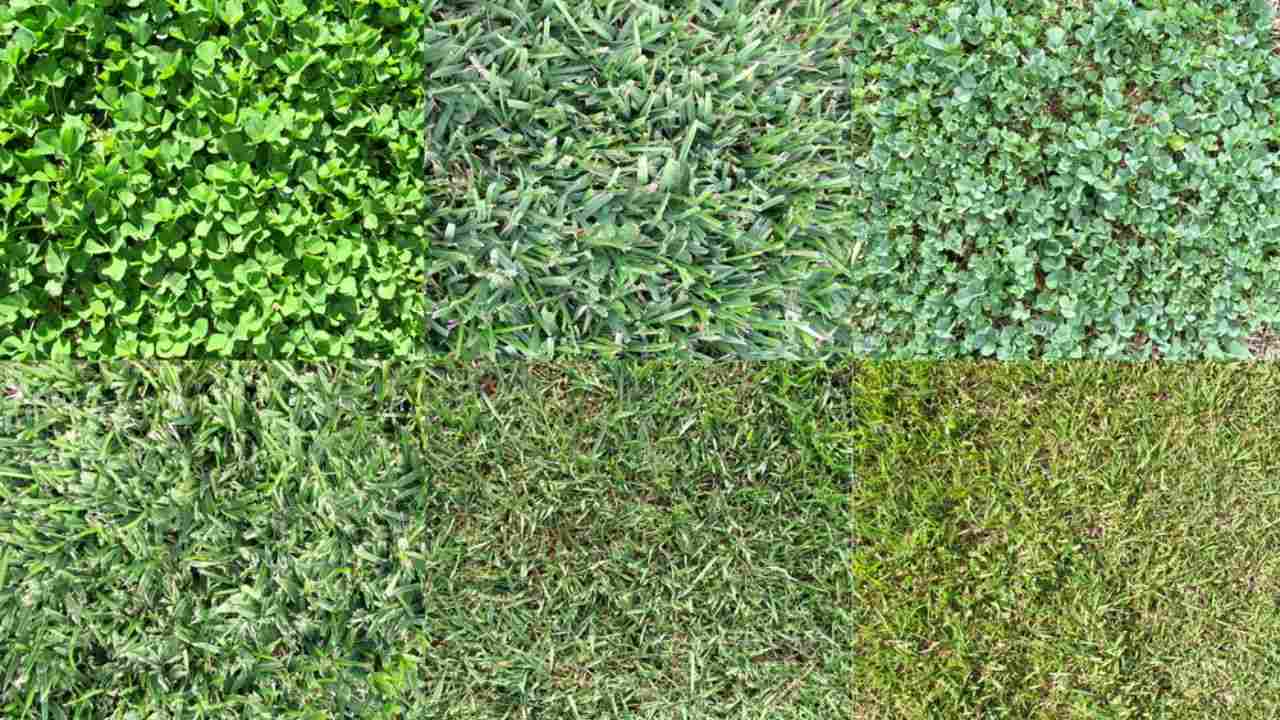
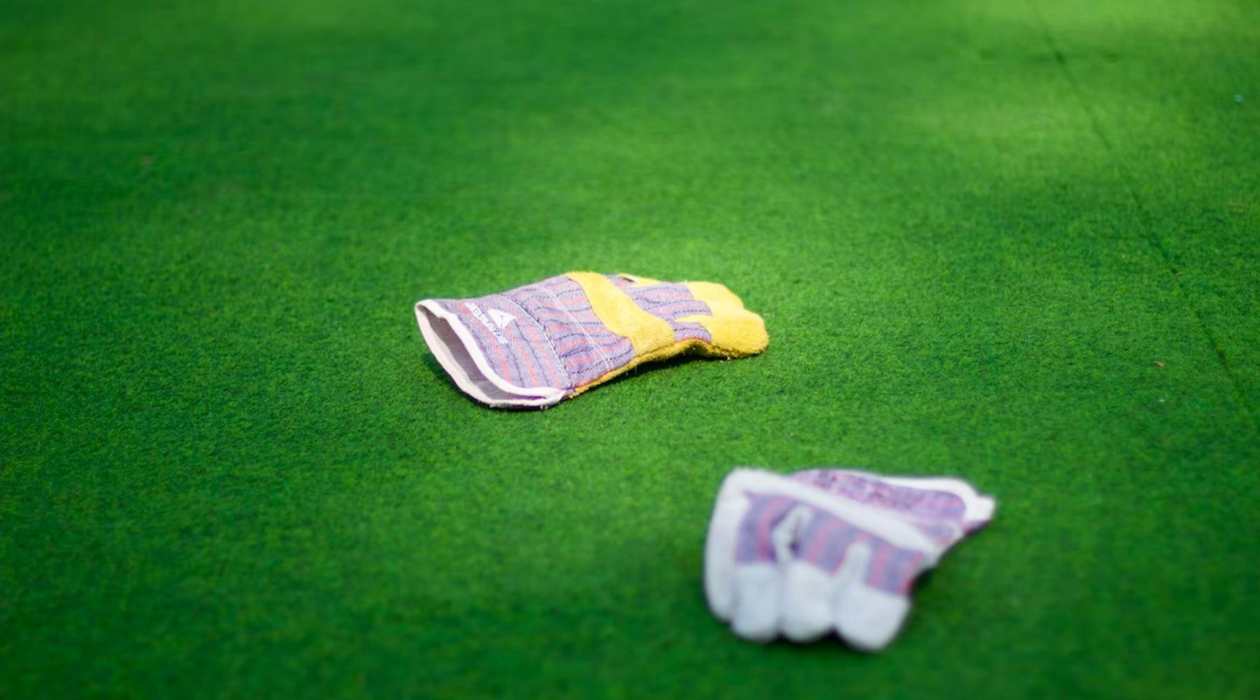
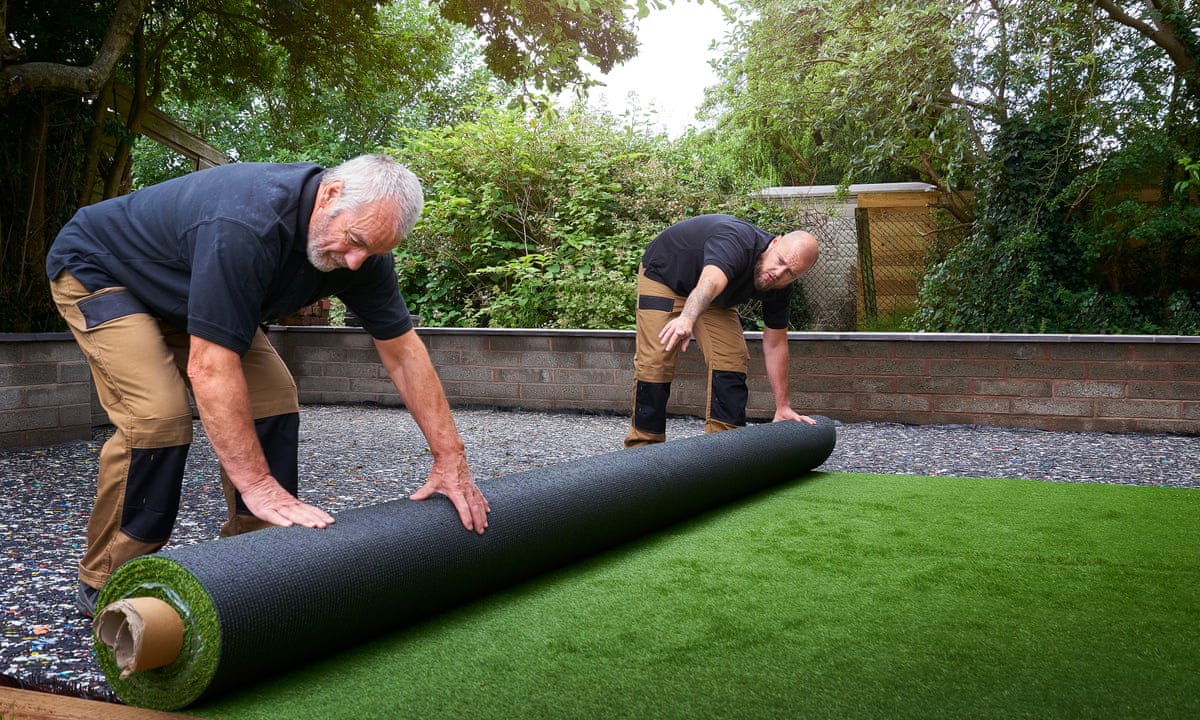
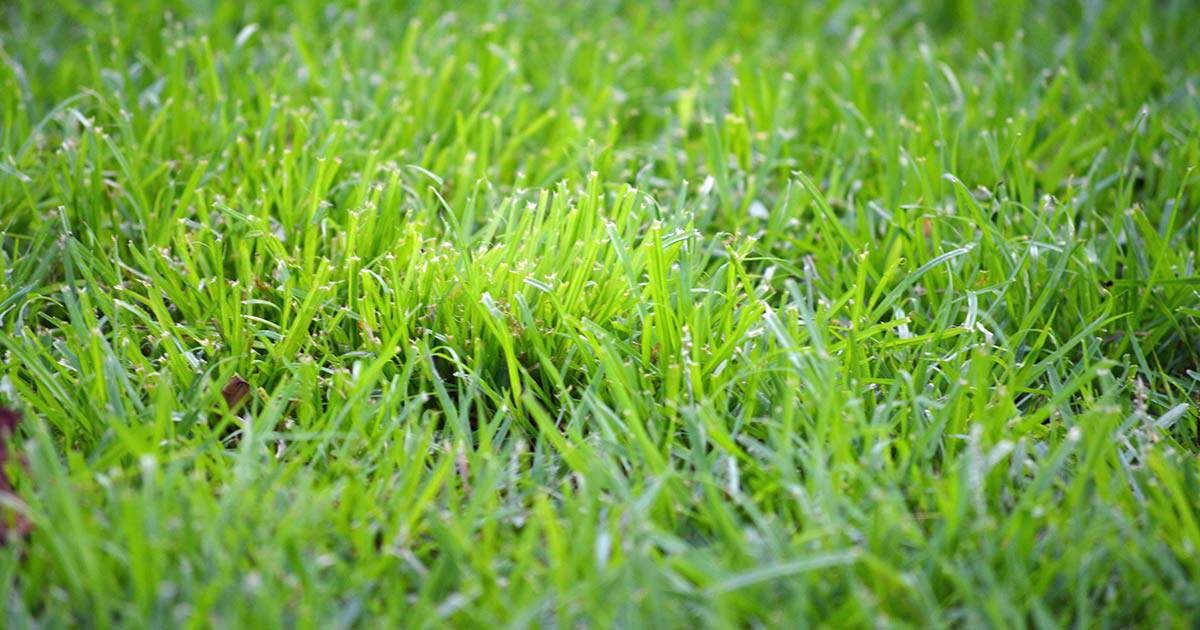
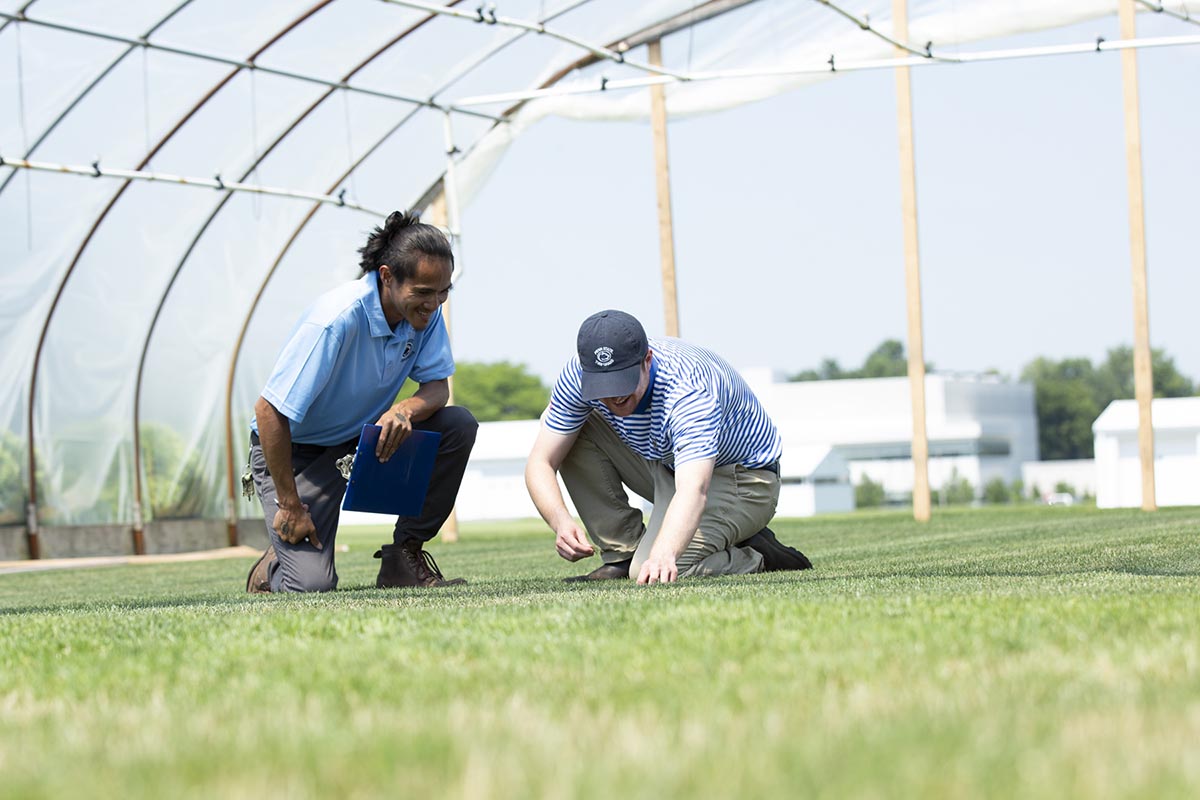

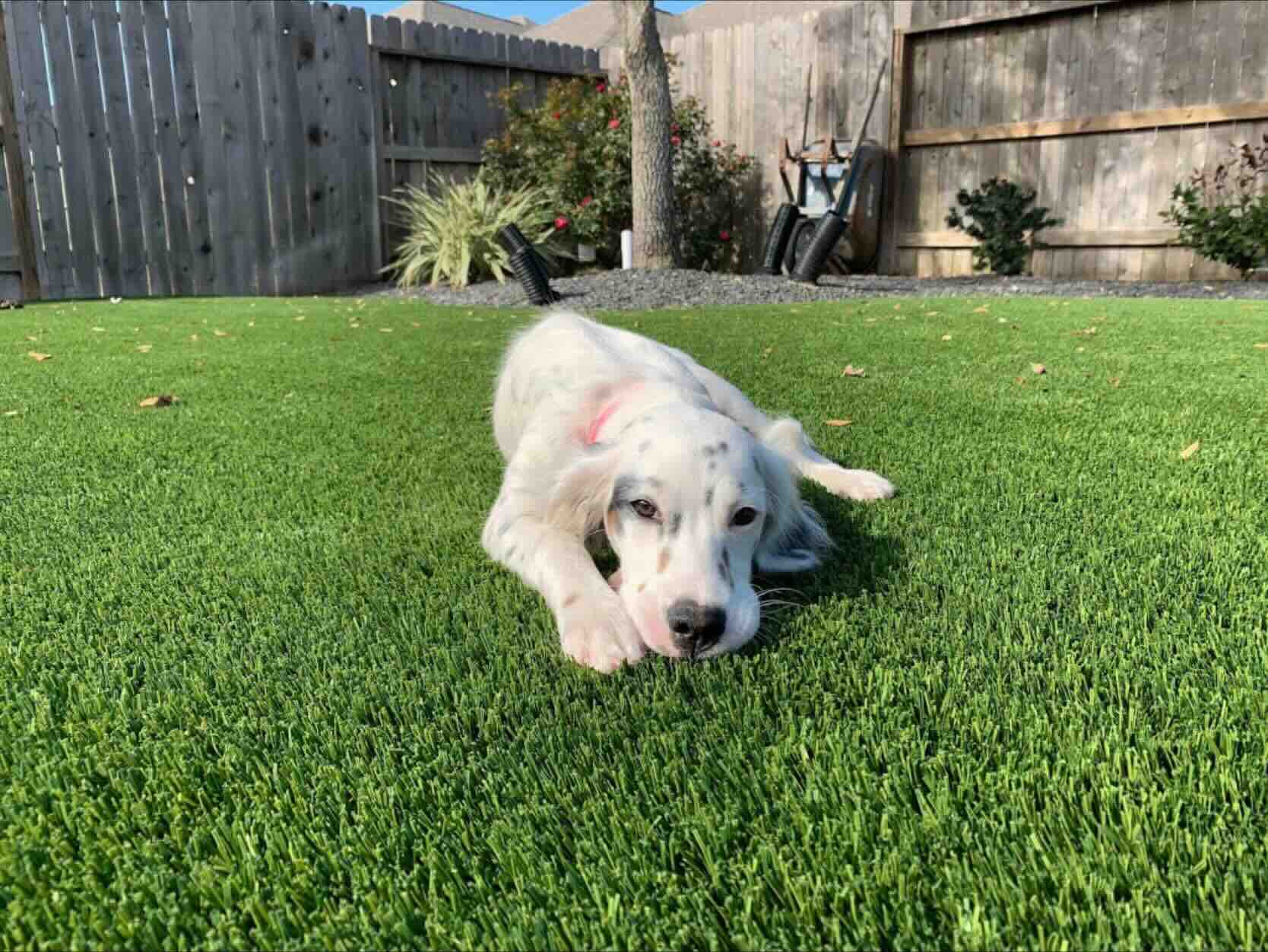
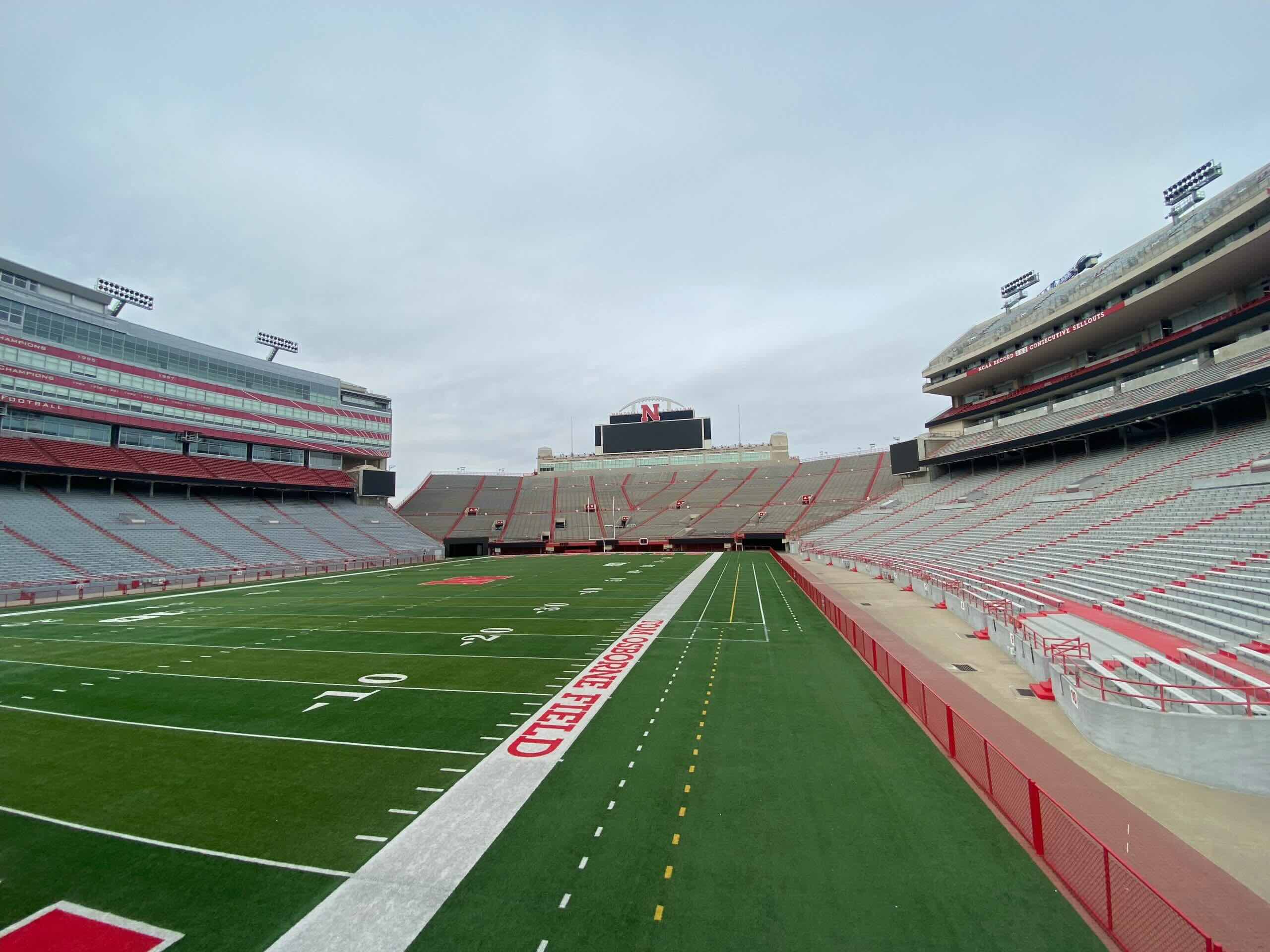
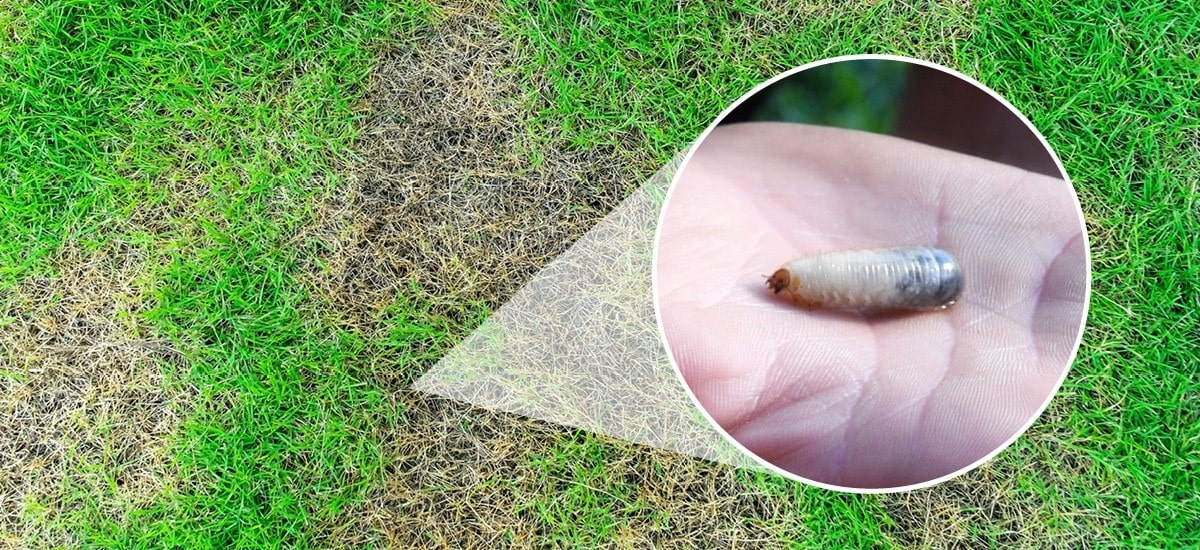
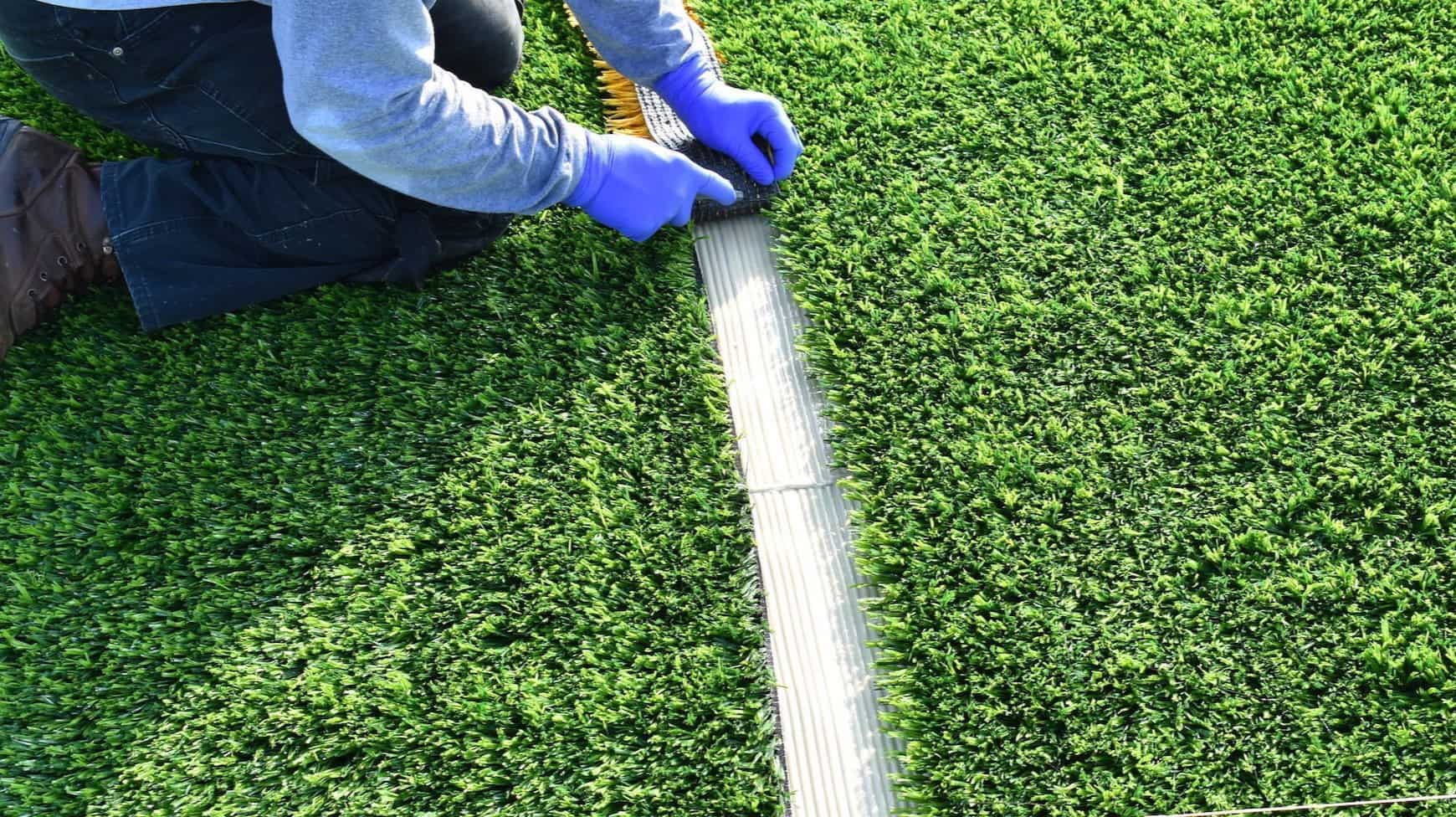

0 thoughts on “What Is Non-Functional Turf Grass”